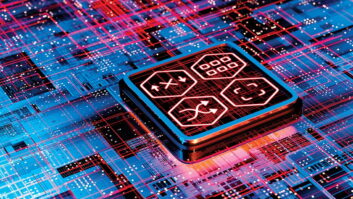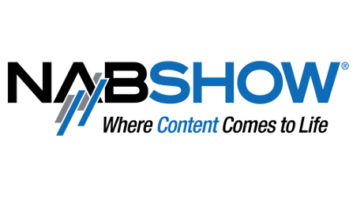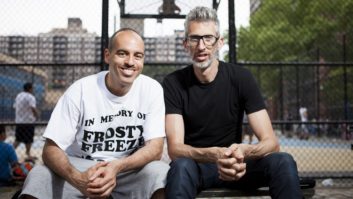
The spring NAB Show is approaching. Between now and then Radio World will conduct several short Q&As with manufacturers about their plans and offerings, to help you get the most out of the big annual trade show. Stephane Turkay is senior product manager, Radio OnAir for Lawo.
Radio World: How has business been for the company since last year’s NAB Show?
Stephan Turkay: Excellent! The launch of our new Ruby radio console and our next-generation mixing engine, Power Core, has contributed to a very successful year for our radio division. Ruby has been so successful, in fact, that there are already dozens working in radio stations worldwide.
RW: What are you hearing from your customers about their business outlook this year? In what areas should we expect growth or the most interesting projects?
Turkay: It’s no secret that the industry is in a state of change. Public radio, commercial broadcasters and new-media companies are all feeling pressure to keep pace technologically so that they can stay competitive and grow their operations. This is also driving changes in the way radio is produced, which means that we are enjoying collaborations with broadcasters on a number of projects which are very interesting because they are pushing technical boundaries.
RW: What’s the biggest problem or challenge facing users in the console/router equipment market right now?
Turkay: Keeping pace technically as the speed of change accelerates.
We are seeing three major technological shifts. The first has been, and continues to be, the move to AoIP in all areas of broadcasting. The second trend is the move toward highly integrated, context-sensitive interfaces to control in-studio operations – control of all studio functions in a single integrated tool. And third, the continued interest in virtualization, moving functions traditionally carried out by hardware into the software domain, and from there into a virtual server environment.
We are investing a lot of our development energy into advancing the state of the art in all three of these areas.
RW: What new goodies will your company be showing? Why should attendees visit your booth?
Turkay: Of course the Lawo booth is always fully stocked with cool new things, and on the radio side we are focusing on our new Ruby console, which is a physical surface with context-sensitive touchscreen GUI built with our VisTool software. The neat thing about this is that the GUI augments the surface, so the mixing board is very clean and uncluttered, while the deep functions can be instantly called up in the touchscreen. And as I mentioned before, broadcasters are really interested in a way to control all their studio peripherals with a single interface, and VisTool lets users build custom screens to do exactly that.
The other product clients are really excited about is our new Power Core scalable DSP engine. This is immensely powerful, a complete routing / mixing / DSP engine with extensible I/O, all in 1RU. It can be used as a console engine, or as a standalone “super-node” for audio. It’s fully AES67-compliant, of course, because broadcasters have also made it very clear that AoIP networks based on standards are preferable to proprietary protocols.
Our booth is located in the North Hall (#N2813). We’ll have all of our Radio products on display of course, and we would love to see all of the readers of Radio World popping by for a demonstration and discussion.
RW: The AoIP technology market has exploded in the last five or so years. Can the technology continue to develop at such a rapid pace? Is there anything left to invent?
Turkay: We forget sometimes that the AoIP revolution began in radio over 15 years ago! But you’re right; the biggest adoption of networking has been seen in the last 5 years. We think the reason for this acceleration of acceptance is because we finally have standards. It was interesting before, but engineers worried that choosing a proprietary networking tech from one company might lock them out of devices that worked with the other guys’ stuff. AES67 has finally mitigated this problem.
Another reason conversion to AoIP has surged is because TV is now involved, and have pressed for standards since they first began the adoption process. Proprietary solutions are one thing that TV won’t accept.
Can the pace of innovation continue? Absolutely. The more devices are connected (thanks to open standards), the more things people will think to do with them. The possibilities presented by combined control, status, signaling, and remote control of entire studio complexes and all the devices within opens up very fertile ground for innovation, especially in the area which at this moment is expanding the most — joint audio/video facilities.
RW: What do you anticipate will be the most significant technology trend at the 2018 NAB Show?
Turkay: Broadcasters are very interested in virtualization. Lawo is pioneering in this area, of course, and I think that virtualization will continue to be the biggest tech trend at this show for the foreseeable future. When all of our audio and video sources and the tools that control, mix, switch and sweeten them are in the cloud, an entire universe of new creative possibilities opens. I’m excited to see what the future will bring.












